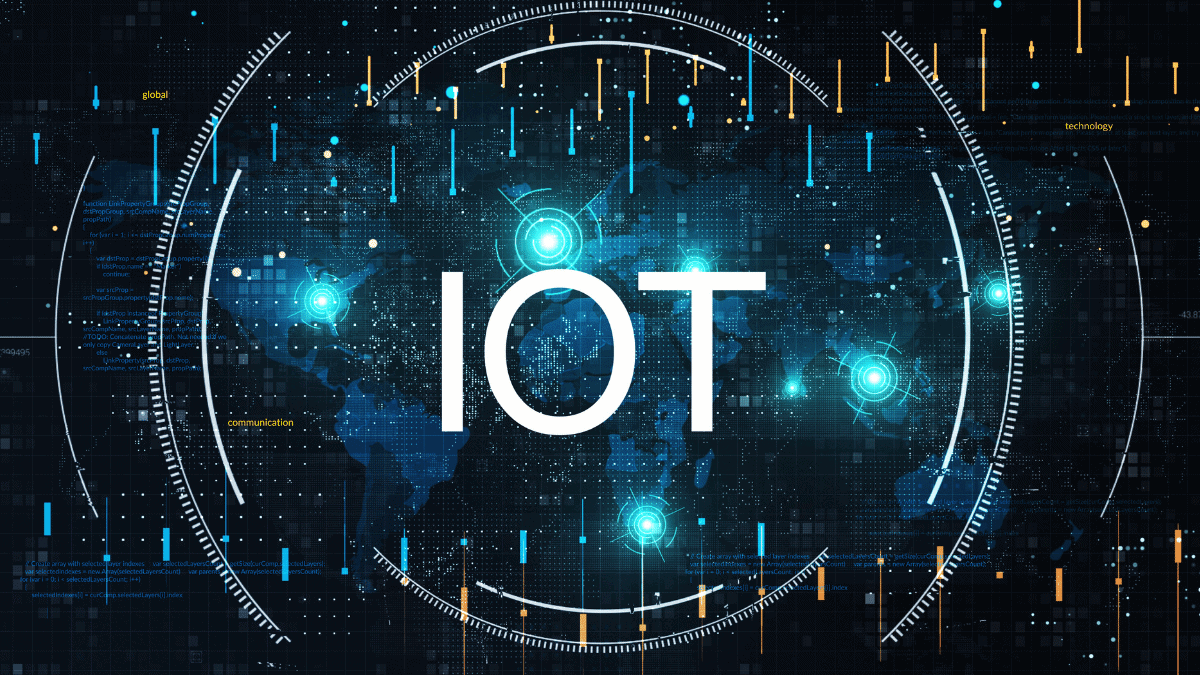The Intersection of Blockchain Technology and the Internet of Things
Leveraging the Synergy of Blockchain and IoT
The confluence of blockchain and the Internet of Things (IoT) has garnered substantial attention in recent years. As businesses explore the integration of these early-stage technologies, it is imperative to determine if their synergy has the potential to create a sustainable competitive advantage.
Evaluating IoT’s Hype and Reality
IoT has been a buzzword in the tech industry, leading to a rapid increase in investments over the past few years. A study by IDC predicts that spending on IoT will reach $1 trillion in 2020, representing a four-year compound annual growth rate of roughly 15%. However, this estimate falls short of an earlier prediction made in December 2016, which forecasted a market size of $1.29 trillion.
Several factors have hindered the growth of IoT, including a lack of technical standards, outdated business models, cultural barriers, technological complexity, and security and privacy concerns. To address these challenges, companies are exploring the use of blockchain.
Exploring the Benefits of Blockchain and IoT Integration
Our analysis highlights that there are specific IoT applications that can leverage blockchain to deliver increased value. These applications are characterized by the following attributes:
- Requiring high trust and transparency across multiple parties
- Relying on a single version of truth that is critical to multiple stakeholders
- Prioritizing device authenticity to mitigate the impact of rogue or tampered devices
- Reliance on decentralized transactions and autonomous decision making
We have identified over 35 real-world use cases of companies leveraging blockchain and IoT, categorized into five distinct areas: operations tracking and visibility, provenance and authentication, autonomous machine-to-machine interactions, service-based businesses, and data monetization.
Although most of these use cases are still in the early stages of development, our research shows that the automotive and consumer industries have taken the lead in exploring this integration. They are followed by health care, tech and telecom, and industrial goods. Nearly one-third of the deployments we identified are relevant across multiple industries, while the remainder are specific to individual sectors.
Assessing the Economic Benefits of Blockchain and IoT Integration
Blockchain and IoT integration can bring significant economic benefits to enterprises, as outlined below:
1. Cost Efficiencies: Blockchain can facilitate the creation of shared, trusted datasets among multiple stakeholders, thereby eliminating intermediaries. This, along with the automation of transactions across the value chain, results in cost savings. For example, the automation of the customs clearing process in a supply chain reduces or eliminates the need for customs brokers.
2. Revenue Generation: Enterprises can use blockchain and IoT to minimize lost revenues, such as through the prevention of counterfeit sales. The integration of blockchain and IoT also enables the practical and scalable use of smart contracts to automate transactions and payments across devices, opening up revenue-generating opportunities in service-based businesses, machine-to-machine interactions, and data monetization.
3. Risk Mitigation: As compliance requirements continue to grow in complexity, blockchain and IoT integration can help businesses meet these regulatory requirements by collecting and maintaining the required audit trails. Blockchain and IoT can also help mitigate risks by ensuring the quality and authenticity of products throughout their life cycle, which can protect a company’s reputation.
Adoption of Blockchain in IoT
Our research suggests that the adoption of blockchain and IoT integration and its economic benefits will occur in two phases. In the short run, cost reduction and risk mitigation will drive value through improvements in existing processes. The long run will offer richer possibilities through the creation of new business models and revenue streams enabled by the integration of blockchain and IoT. In order to fully realize the potential of this technology, companies will need to take a proactive approach in investing in the infrastructure, skills, and partnerships necessary to make the most of these opportunities.
As the technology evolves, it is likely that the blockchain and IoT integration will become increasingly seamless, creating an interconnected network of devices and systems. This will enable a new level of data sharing and collaboration, leading to improvements in supply chain management, inventory control, and asset tracking.
The potential benefits of blockchain and IoT integration are significant and wide-ranging. For example, in the healthcare industry, the integration of these technologies can improve patient data security and privacy while also streamlining clinical trial processes. In the financial industry, blockchain and IoT can be used to enhance fraud detection and prevention, enabling secure and efficient payment processing.
However, despite these opportunities, there are also significant challenges to overcome. One of the main obstacles is the lack of standardization and interoperability between different systems and devices. This makes it difficult for companies to implement blockchain and IoT solutions in a consistent and effective manner. Additionally, there are concerns about security and privacy, as well as the high costs associated with the deployment of these technologies.
In conclusion, the integration of blockchain and IoT has the potential to revolutionize many industries and create significant economic benefits. However, in order to realize these benefits, companies must be proactive in investing in the necessary infrastructure, skills, and partnerships. Overcoming the challenges of standardization, security, and cost will be key to unlocking the full potential of this technology.

